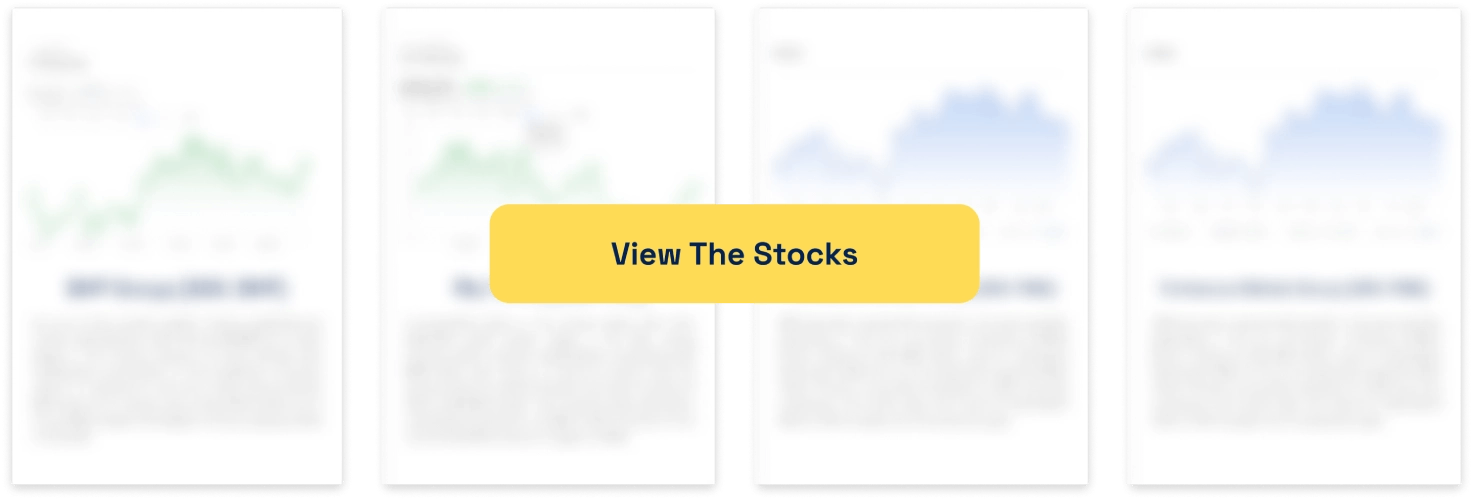How to judge if a stock is undervalued? Here are 6 potentially useful ways
![]() Nick Sundich, March 28, 2025
Nick Sundich, March 28, 2025
How to judge if a stock is undervalued? Here are 6 ways to tell!
1. If a stock is trading below historical PE
We’ll start with a way that may not be conventional except among professional investors. If a stock is trading at a PE (Price-to-Earnings multiple) that is below its ‘historical average’ this may be an indication that it is a ‘buy the dip‘ opportunity, meaning a chance to buy a good stock at a low price.
Of course, the challenge with this metric (and, for that matter, all of those mentioned in this article) to see why the company has low metrics and is undervalued. Whether it is because of short-term issues, or long-term issues that threaten the viability of the company’s business model.
2. Low PEG multiple
The PEG multiple determines whether or not a company is over or undervalued relative to its growth. There has to be growth (specifically EPS growth) for this metric to be calculable.
The PEG ratio is calculated by dividing a company’s P/E multiple by the EPS growth rate that is expected in the relevant year. So if a company has a P/E multiple of 15x and a long-term growth rate of 20%, the PEG ratio would be 0.75x.
As a general rule, a company with a PEG ratio below 1 is undervalued while a company with a PEG ratio above 1 is overvalued. So you may see a stock with a PEG multiple below 1x and think it is temporarily undervalued because growth is expected, but it investors are disregarding it.
3. Low RSI
The Relative Strength Index (RSI) is a technical indicator that compares the magnitude of recent gains to recent losses in a stock’s price. It is calculated as a ratio between positive and negative average price changes, usually over the past 14 days. The RSI ranges from 0 to 100, with higher readings indicating strong buying momentum, while lower readings indicate strong selling pressure. As a general rule, a stock with an RSI over 70 is considered over-bought while a stock with an index under 30 is considered over-sold.
The RSI can be a useful tool for investors as it helps them assess whether a security is currently overbought or oversold, allowing them to make more informed trading decisions. By analysing both historical values and current values of the RSI, investors can identify potential reversals in trend direction before they occur. This allows traders to maximise their profits while minimising their exposure to risk by entering into positions at opportune times.
4. Trading below liquidation value,
If a company is trading below its liquidation value, it could well be undervalued – as long as it is not in liquidation, of course! Liquidation value is a measure of how much money a company would be able to generate if it were forced into bankruptcy and liquidated. This includes both the tangible assets of the business, such as cash and inventory, as well as intangible assets like copyrights or patents.
The liquidation value of a company is important because it provides investors with an idea of how much money they could potentially recover if the business fails. But keep in mind, they’ll be well behind secured creditors in the queue for anything. Of course, just because a company is below its liquidation value, it doesn’t mean it is about to go bust, it could just be undervalued.
5. Trading below book value
Now, this is actually different to liquidation value because it is the total value of assets on its balance sheet – not assuming anything was sold off and then calculating what’d be left for equity shareholders.
A stock trading below its ‘book value’ would be trading at a Price-To-Book multiple of less than 1x. If a stock is 1x, it means that the market price of its shares is the same as its book value and so it could be perceived as undervalued. When it is greater than one, the price is greater than its book value. Granted, this metric is only cared about amongst investors in ASX Bank stocks (especially the big Four), but you can easily calculate it for any company.
But dealing with the situation when it is trading below book value. A P/B ratio of less than 1 could be an indication that the stock is undervalued and may be a good buying opportunity for investors. It may also be indicative of negative sentiment towards the company or sector, meaning that investors are wary about investing in the stock due to potential risks such as weak performance or poor management.
6. High dividend yield
A dividend yield is a percentage of the share price and dividend paid. And so a high yield may indicate a low share price but high dividend. As a general rule, if a dividend yield is above 10% (unless of course inflation is higher than that), then a stock could be undervalued. After all, such a company is still able to pay dividends. Some mining stocks post-COVID maintained high dividends for a couple of years after prices began retreating from all time highs, like Fortescue (ASX:FMG) and Jupiter Mines (ASX:JMS).
What are the Best ASX Stocks to invest in right now?
Check our buy/sell tips
Blog Categories
Get Our Top 5 ASX Stocks for FY25
Recent Posts
US Credit Downgrade 2025: Safe Havens or Sell-Offs for Investors?
The US credit downgrade in 2025 has sent ripples through global financial markets, raising serious questions for investors worldwide. When…
What is a REIT’s Funds From Operations (FFO) and how can investors use this metric to their advantage
ASX REITs often use the metric Funds From Operations (FFO). Investors new to investing in REITs may wonder what it…
Microsoft (NDQ:MSFT): There’s still a lot more growth left in this one
Microsoft (NDQ:MSFT) is our International Stock of the Week, but it really needs no introduction. We all use its products…



